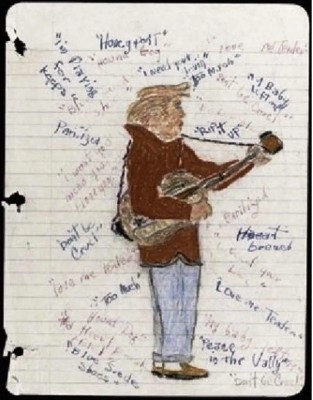The Evolution of Trick-or-Treating: From Concerns to Cultural Acceptance
In the 1930s, as trick-or-treating began to gain popularity among children in the United States, it sparked concerns among adults about its potential influence on youthful behavior. The concept of children going door-to-door, dressed in costumes and demanding treats with playful threats of tricks if denied, raised worries that such behavior might encourage future criminal tendencies.
This concern was partly rooted in the cultural milieu of the era, characterized by a fascination with mobsters and gangster culture. The portrayal of intimidation tactics and demands for "protection money" by gangsters in media further fueled anxieties about children mimicking such behavior during Halloween festivities.
However, the normalization and acceptance of trick-or-treating were aided by its portrayal in popular culture, particularly in comic strips and cartoons of the time. These depictions often portrayed the tradition as harmless fun, emphasizing the festive and communal aspects rather than any potential negative influences.
Over time, as Halloween traditions evolved and became more ingrained in American culture, the initial concerns about trick-or-treating giving rise to criminal behavior faded. Instead, the focus shifted to creating safe and enjoyable experiences for children during Halloween, with communities embracing the tradition as a way to foster neighborhood camaraderie and festive spirit.
Get Free Gifts & Best Stories!
Join our newsletter to get our top stories of the month and free merch.
- 📚 Cool Stories: Read stories you won’t find in textbooks.
- 🎁 Free Gifts: Get exclusive stickers, t-shirts, and more!
Only 1 email a month. No spam, we promise!

